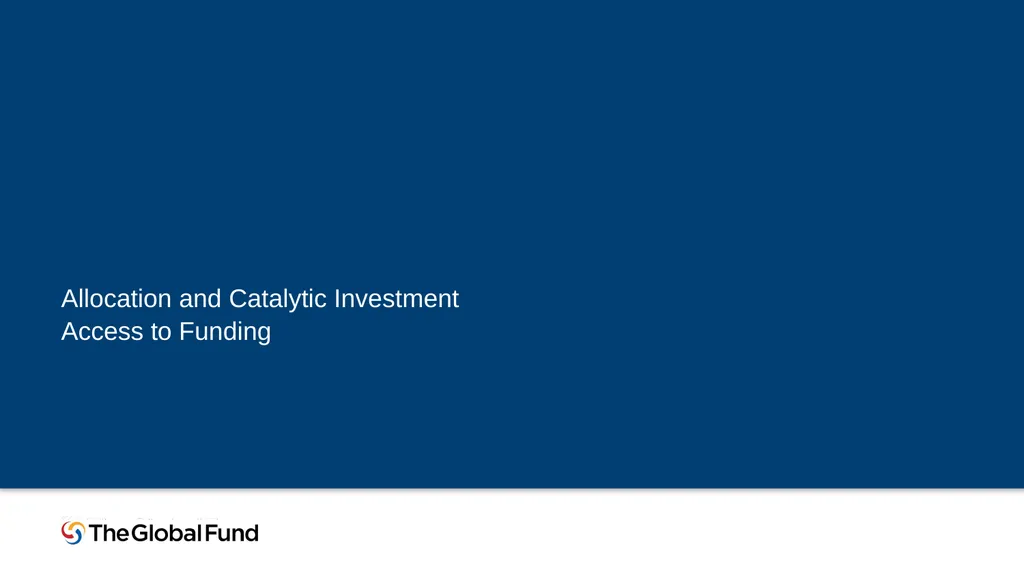
Allocation and Catalytic Investment Access to
Author: calandra-battersby | Published: 2025-06-23
Description: Allocation and Catalytic Investment Access to Funding 1 Contents 1 Allocation Methodology Catalytic Investments 1 2 Overview 2 Global Fund has adopted a refined allocation methodology to Deliver the aims of 2017-2022 Strategy: Investing to
Download Presentation
Download the PPT/PDF: Download
Transcript:
Loading transcript…